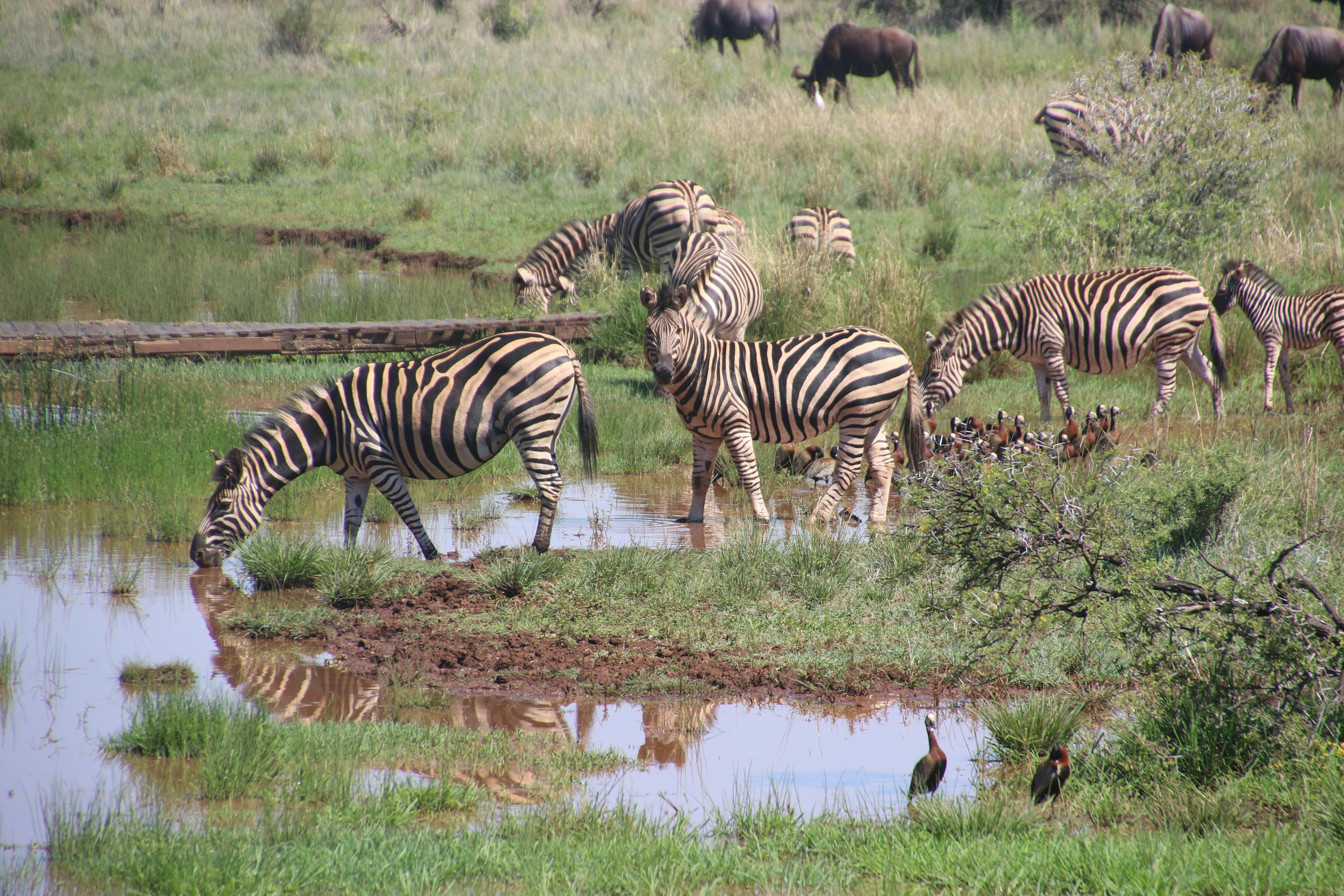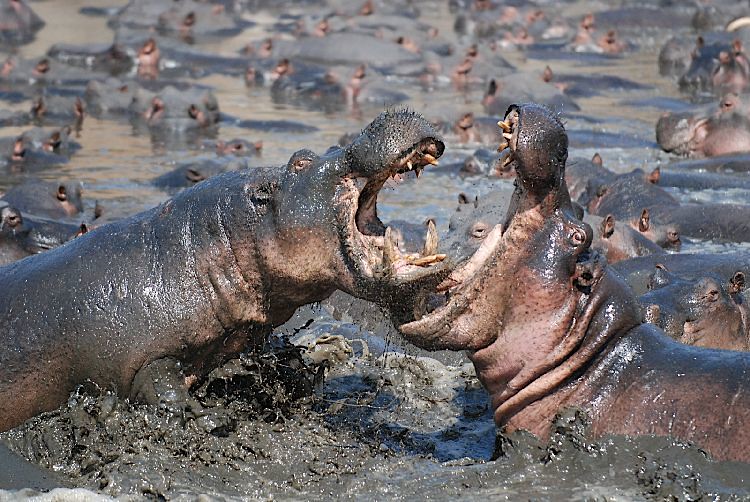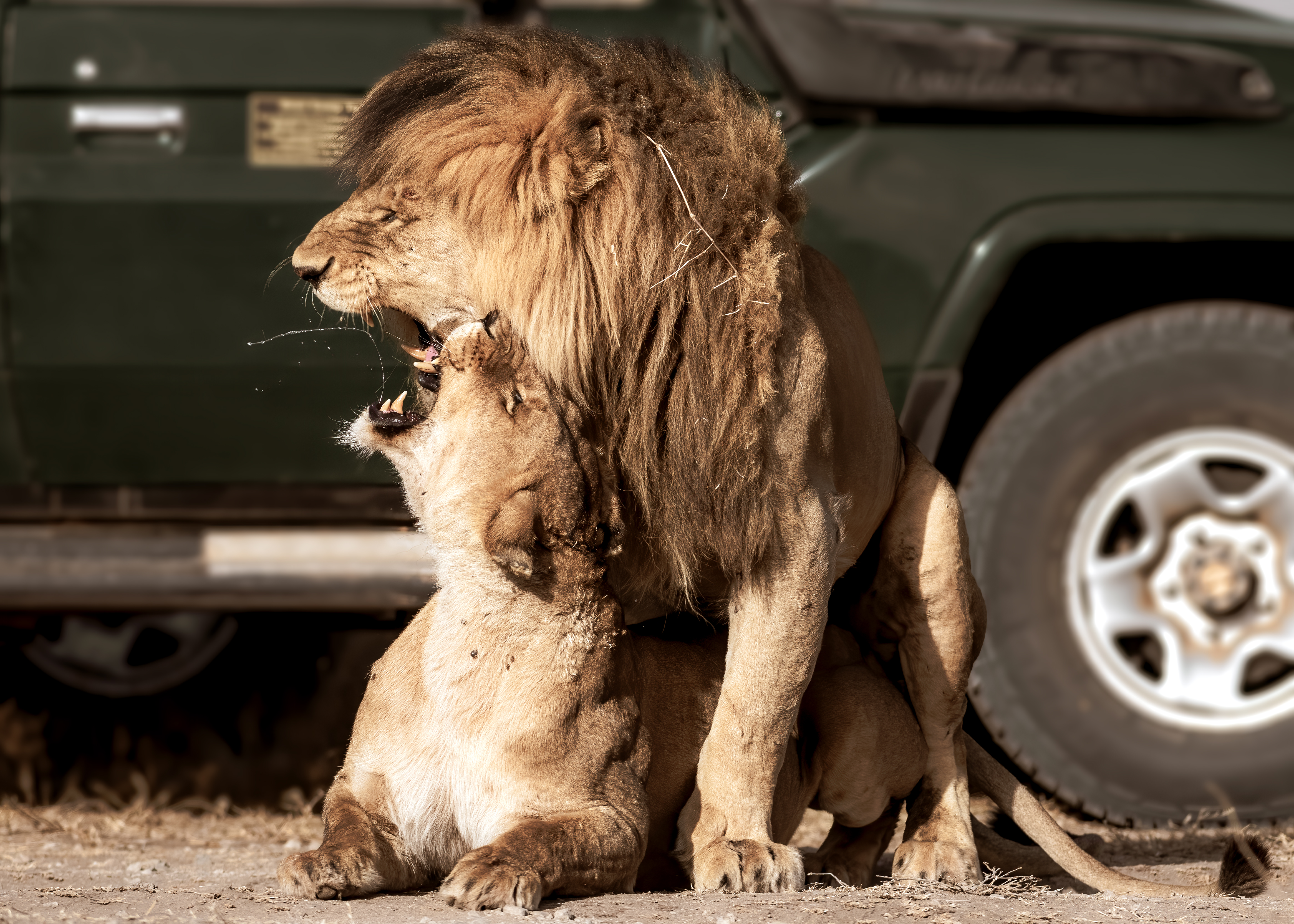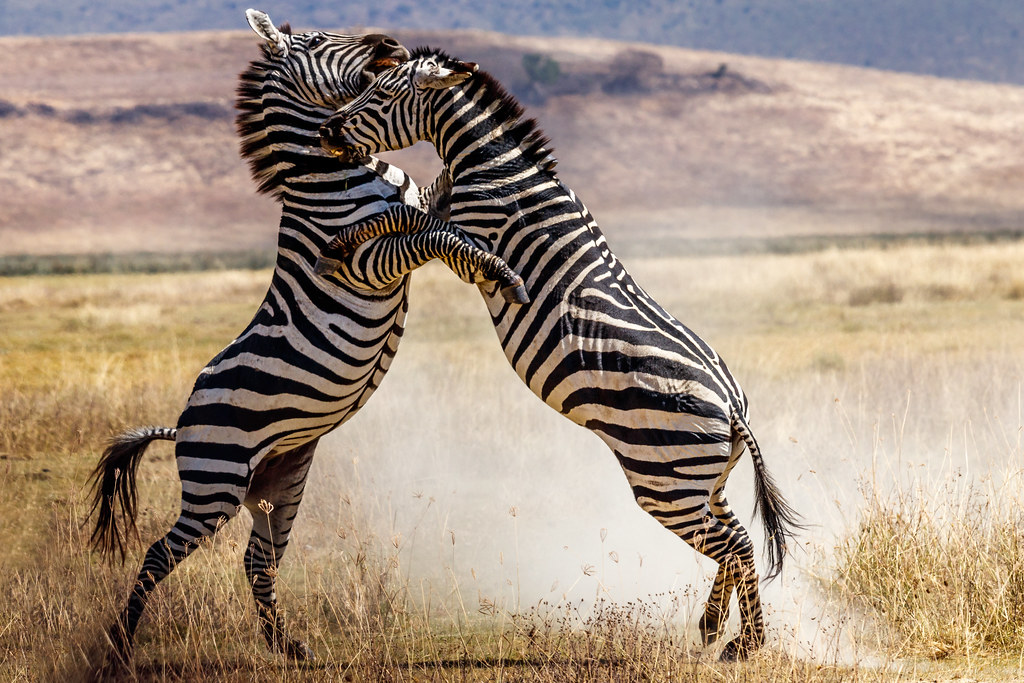
Introduction
The real magic of a safari unfolds when you start to see beyond the mere presence of an animal and begin to understand *what* it's doing, and *why*. Is that lion just yawning, or is it a subtle display of dominance? Is that baboon's bark a random noise, or a vital warning that a leopard is near? These are the stories the bush tells, if you know how to listen.
Going on safari is more than just ticking off a list of animals. It's about understanding their world. Learning to interpret animal behaviour – their calls, postures, and interactions – transforms your experience from simple observation to deep connection. With over 7000 days in the African bush, I've learned to read these subtle cues, and I'm here to share some of that wisdom with you.
Why Understanding Animal Behaviour Enriches Your Safari
Spotting a leopard is thrilling, no doubt. But imagine seeing that leopard, then noticing the sudden silence of the birds, the agitated flick of a nearby impala's ear, and understanding that the leopard is actively hunting. It adds layers of richness to your experience.
- Deeper Connection: You move from being a spectator to an engaged observer, feeling more connected to the natural world.
- Anticipation: Recognizing certain behaviours can help you anticipate what might happen next – a chase, a river crossing, a tender moment between a mother and calf.
- Enhanced Safety: Understanding warning signs, especially from larger animals like elephants or buffalo, is crucial for both your safety and the animals' peace. As guides, this is a huge part of our job.
Apollo's Key Signs: Decoding the Bush Telegraph
After years in the wild, you develop a sixth sense, but much of it is based on observing these key indicators:
Body Language: The Silent Communicators
Animals speak volumes with their bodies.
- Elephants:
- Ears: Gently flapping usually means relaxed. Fanned out wide and still often signals agitation or a warning.
- Trunk: Held low and swinging can be relaxed. Curled up or held high smelling the air indicates alertness. A trunk curled tightly under the chin can be a sign of an impending charge. I've seen a bull elephant give a mock charge with much dust and trumpeting, but his trunk wasn't fully committed – he was just showing us who's boss. A real charge is quieter, faster, and utterly serious.
- Head: Head shaking can be a mild warning. A lowered head often precedes a charge.
- Lions & Other Predators:
- Stalking: Low to the ground, slow, deliberate movements, intense focus.
- Relaxed: Lolling about, grooming, yawning (though a yawn can also be a subtle threat display to rivals).
- Alert: Head up, ears pricked, body tense, scanning the surroundings.
- Antelopes & Grazers:
- Ears: Constantly swiveling like radar dishes. If all point in one direction, something has their attention.
- Tail: A sudden flick or raised tail can signal alarm.
- Stamping: Impalas or wildebeest might stamp a front foot if uneasy.
Vocalizations: The Sounds of the Savanna
The bush is rarely silent.
- Alarm Calls: This is the "bush telegraph" I mentioned.
- Vervet Monkeys & Baboons: Their barks can tell you if a leopard, lion, or even a large snake is nearby. The intensity and type of bark differ. Many times, a frantic monkey alarm has led my group to an incredible leopard sighting.
- Birds: Species like the Go-Away-Bird (Graulärmvogel) or some francolins will call loudly if a predator is spotted. Oxpeckers will suddenly fly up from their host if danger approaches.
- Lion Roars: Not just for show! They are used to mark territory, communicate with pride members, or find lost individuals. The deep, rumbling roars at dawn or dusk are an iconic sound of Africa.
- Hyena Calls: Their famous "whoops" are long-distance calls. Giggle-like sounds are often heard during squabbles over food.
Group Dynamics & Interactions
How animals behave within their group or with other species is revealing.
- Play Behaviour: Young animals, especially, engage in play which hones their skills for adulthood. Watching lion cubs tumble or young elephants spar is a delight.
- Dominance Displays: A male lion might walk with a certain swagger, or a baboon might show its canines to assert rank.
- Sudden Stillness or Movement: If a herd of zebra suddenly stops grazing and all heads go up, something is amiss. If birds suddenly take flight en masse, it could indicate a predator.
Tips for Becoming a Better Wildlife Observer
- Use All Your Senses: Look, listen, and sometimes even smell (the scent of rain, or a carcass, can tell a story).
- Be Patient & Quiet: The less disturbance you cause, the more natural behaviour you'll witness. Sometimes the best sightings come after waiting quietly.
- Ask Your Guide: We love sharing our knowledge! Ask "Why is that impala stamping its foot?" or "What does that bird call mean?"
- Binoculars are Essential: They bring distant animals and subtle behaviours up close.
- Look Beyond the Obvious: Don't just focus on the big animals. Notice the smaller interactions, the tracks on the ground, the way the wind moves the grass. It all tells a story.
Learning to read the bush is a lifelong journey, but even starting to notice these details will profoundly change your safari experience. It's like being let in on the secrets of the wild.
About the Author
APApollo
Ranger & Wildlife Behaviour Expert
Former park ranger with over 7000 days of safari experience
Reading the Bush: A Ranger's Guide to Animal Behaviour in Tanzania



Frequently Asked Questions about Animal Behaviour on Safari
Location
Ready to explore this highlight?
Contact us to plan your perfect safari experience that includes a visit to this amazing destination.
Ready to Experience Tanzania?
Browse our safari tours to start planning your adventure.
View Safari Tours